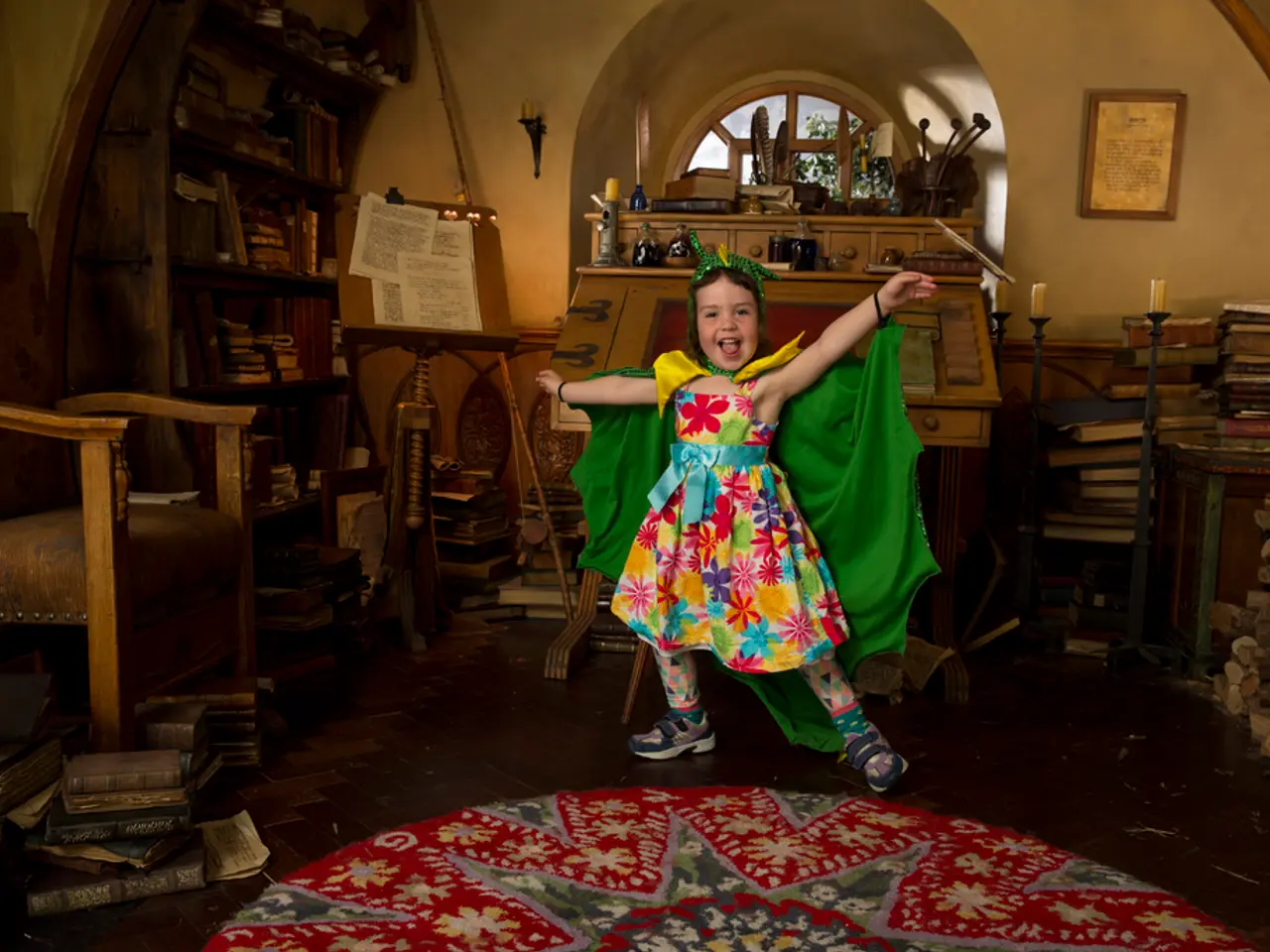Magical Experiences Await: Journey into the Captivating History of Southern World Heritage Sites and their Enchanting Tales - Heritage Sites Are Just Mythical Tales, According to Söder
The royal castles of Bavaria, including Neuschwanstein, Herrenchiemsee, Linderhof, and the King's House on the Schachen, have been added to the prestigious UNESCO World Heritage list. This designation, announced on Saturday in Paris, recognises the architectural brilliance and cultural importance of these 19th-century palaces commissioned by King Ludwig II of Bavaria.
King Ludwig II’s castles embody a 19th-century fairy-tale vision. Neuschwanstein Castle, Bavaria's most iconic symbol, is famously known for its romantic medieval style, despite being incomplete after Ludwig’s death in 1886. With over 1.4 million visitors annually, it has become an iconic symbol of Bavarian heritage and a global tourist magnet. Even Disney used Neuschwanstein as inspiration for its castle logo.
The castles showcase a blend of architecture, art, and natural beauty that uniquely represents Ludwig’s dreamlike grandeur. This blend has captivated imaginations worldwide through books, films, and tourism. Herrenchiemsee Castle, for example, was modeled after Versailles, while Linderhof Castle was designed to resemble an 18th-century Bavarian royal residence.
These castles stand out as cultural landmarks that encapsulate a period of Bavarian history marked by romanticism and royal extravagance, making them exemplary monuments of European cultural heritage. Being inscribed on the UNESCO list officially affirms their status as sites of outstanding universal value, ensuring their protection and preservation for future generations under international standards.
The inclusion concludes a 25-year campaign by the Bavarian government to secure global recognition for these landmarks, emphasising their role not only as architectural masterpieces but also as symbols of Bavarian identity and romantic idealism. This designation also raises awareness globally about the need to preserve such cultural treasures, inspiring continued conservation amid threats faced by many World Heritage sites worldwide from conflict, climate change, and urban development.
Politically and culturally, the UNESCO status is hailed by local leaders like Bavarian state premier Markus Söder as a “global accolade” that firmly establishes Neuschwanstein and its sister castles as Bavaria’s premier landmarks with worldwide appeal and significance. Finance Minister Albert Füracker compared the Bavarian castles to global architectural landmarks like the Acropolis in Athens and the Palace of Versailles.
In summary, the addition of these castles to the UNESCO World Heritage list marks a significant milestone recognising King Ludwig II’s fairy-tale castles not only as tourist icons but as fundamental cultural and artistic achievements emblematic of Bavaria’s historical and creative legacy on the world stage.
The UNESCO designation underscores the global appeal and significance of King Ludwig II's castles, offering an opportunity for community aid in preserving these iconic structures. This recognition, moreover, bridges the gap between historic European pop-culture symbols and contemporary entertainment, celebrating their enduring impact on worldwide imagination and artistic expression.






